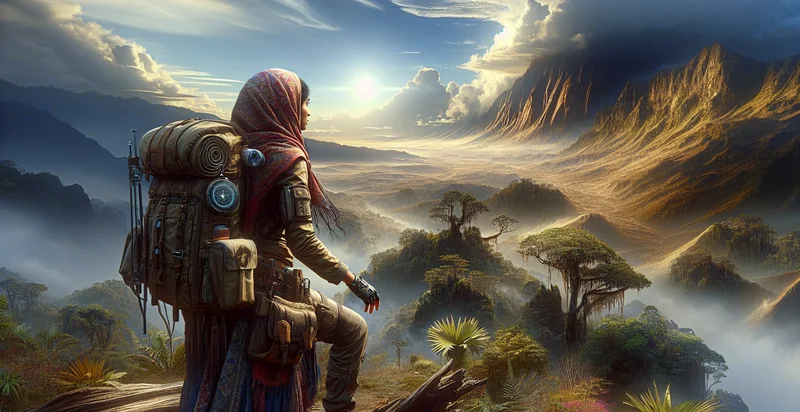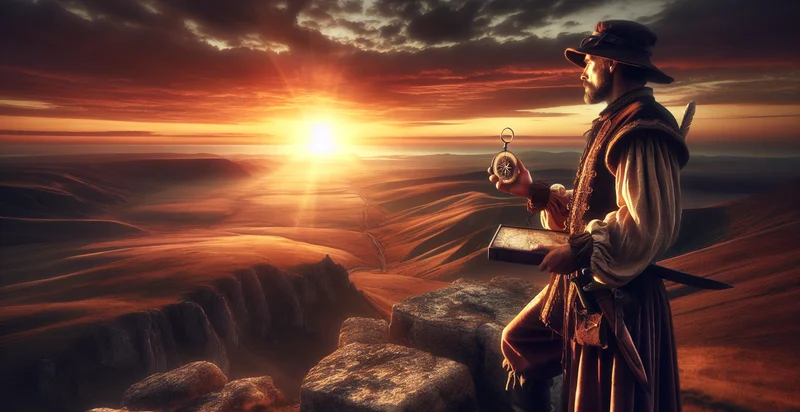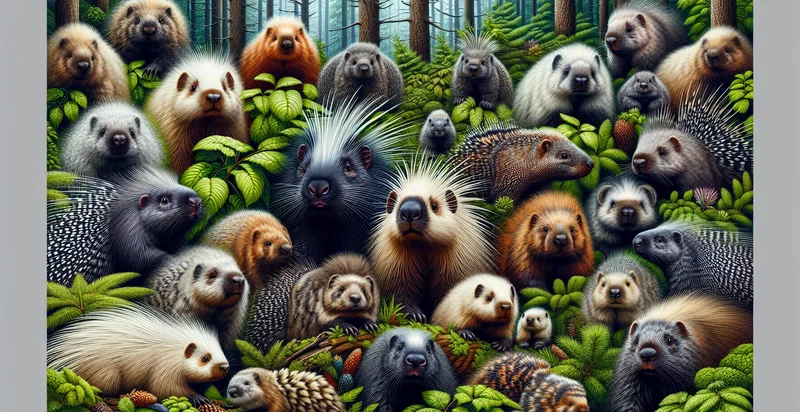Identify explorer by picture
using AI
Below is a free classifier to identify explorer by picture. Just upload your image, and our AI will predict what object is depicted in the image - in just seconds.

Contact us for API access
Or, use Nyckel to build highly-accurate custom classifiers in just minutes. No PhD required.
Get started
import nyckel
credentials = nyckel.Credentials("YOUR_CLIENT_ID", "YOUR_CLIENT_SECRET")
nyckel.invoke("explorer-by-picture", "your_image_url", credentials)
fetch('https://www.nyckel.com/v1/functions/explorer-by-picture/invoke', {
method: 'POST',
headers: {
'Authorization': 'Bearer ' + 'YOUR_BEARER_TOKEN',
'Content-Type': 'application/json',
},
body: JSON.stringify(
{"data": "your_image_url"}
)
})
.then(response => response.json())
.then(data => console.log(data));
curl -X POST \
-H "Content-Type: application/json" \
-H "Authorization: Bearer YOUR_BEARER_TOKEN" \
-d '{"data": "your_image_url"}' \
https://www.nyckel.com/v1/functions/explorer-by-picture/invoke
How this classifier works
To start, upload your image. Our AI tool will then predict what object is depicted in the image.
This pretrained image model uses a Nyckel-created dataset and has 25 labels, including Balboa, Bering, Cabot, Cartier, Columbus, Cook, Cortés, Discovery, Drake and Expedition.
We'll also show a confidence score (the higher the number, the more confident the AI model is around what object is depicted in the image).
Whether you're just curious or building explorer by picture detection into your application, we hope our classifier proves helpful.
Related Classifiers
Need to identify explorer by picture at scale?
Get API or Zapier access to this classifier for free. It's perfect for:
- Image-Based Shopping Assistant: Retailers can implement the 'explorer by picture' identifier to allow customers to snap a photo of a product and receive instant information about alternatives, prices, and availability. This feature enhances the shopping experience by bridging online and offline retail and encourages cross-selling opportunities.
- Wildlife Conservation: Organizations focused on wildlife conservation can utilize this function to identify and classify animal species from images taken in the wild. By analyzing these images, researchers can gather data on species populations, habitats, and behaviors, aiding in conservation efforts.
- Smart Home Inventory: Homeowners can use the image identifier to manage and catalog their home inventory. By taking pictures of items, users can track the status, condition, and value of their belongings, making it easier to organize insurance claims or reassess item value over time.
- Art and Antique Identification: Auction houses and collectors can implement the technology to quickly identify and appraise artwork or antiques. By uploading images, users can receive information about the piece, including historical context, artist details, and estimated market value.
- Recipe Inspiration: Food bloggers and culinary apps can leverage the image classification function to help users find recipes based on pictures of ingredients. Taking a photo of available ingredients can yield a selection of recipes, thereby enhancing meal preparation and minimizing food waste.
- Travel Guide Enhancement: Travel agencies can incorporate this technology into their mobile apps, allowing users to take images of landmarks or local attractions to get instant information. This could include historical facts, visitor tips, and even nearby services, enriching the travel experience and driving user engagement.
- Educational Tools in Biology: Educational institutions can use the identifier for biology classes, enabling students to classify and learn about various plant and animal species through images. This hands-on approach enhances learning outcomes and fosters interest in biodiversity and environmental science.


